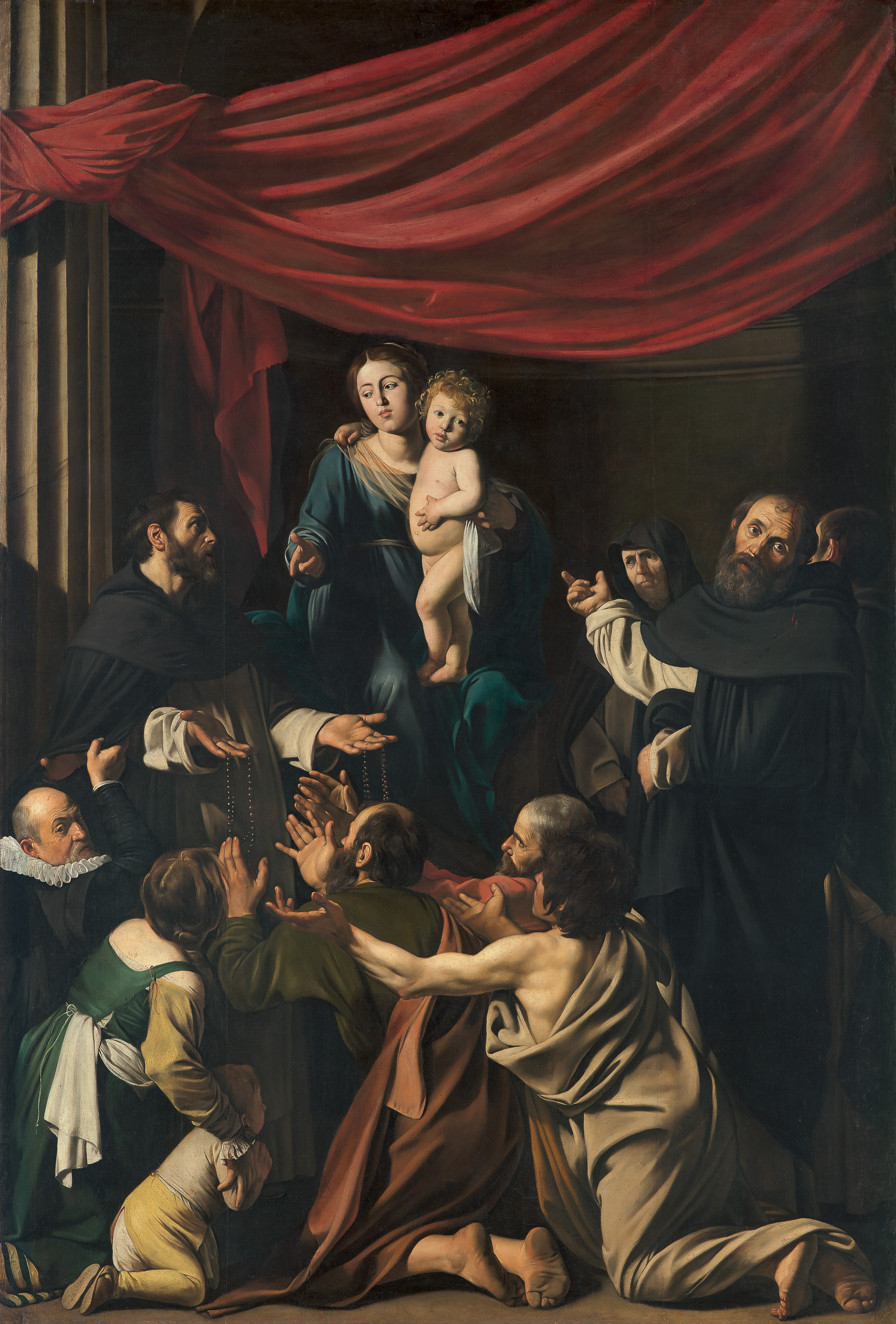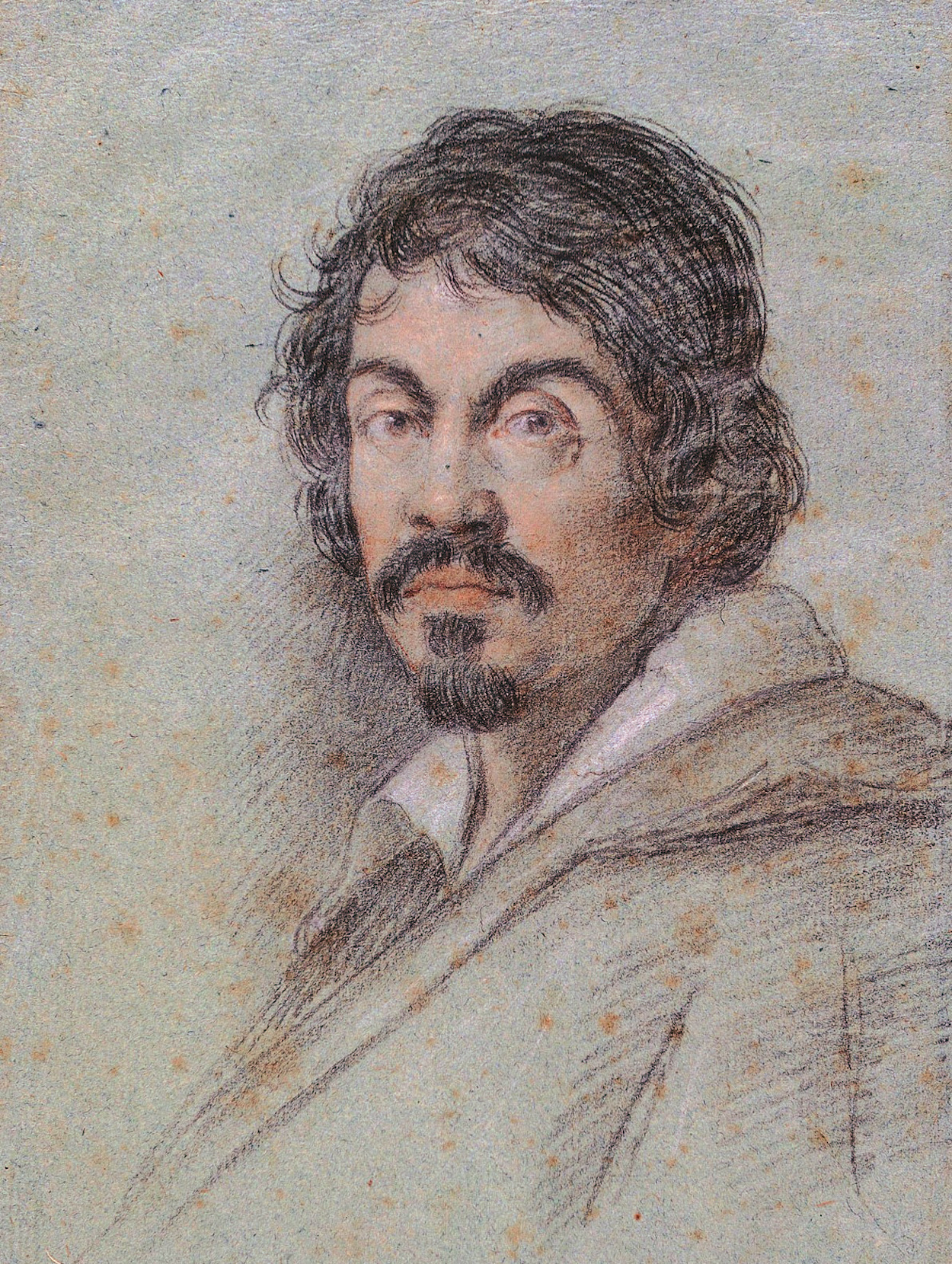We continue our special month with the Kunsthistorisches Museum in Vienna with this amazing Caravaggio. :) I love it!
So far, no one has succeeded in reconstructing the exact history of how this altar painting came about, either because essential documents were missing or existing documents provided contradictory information. Thus, the donor seeking protection at St. Dominic’s elbow at the left edge of the painting remains unidentified. According to the latest research, the picture was painted in Rome rather than in Naples and thus in the period between 1601 and 1605. Its existence is first documented in 1607, when it was already being put up for sale in Naples. The owners, two Dutch art dealers, returned to Amsterdam with the painting sometime before 1617. There it was acquired in 1618 or 1619 by an Antwerp consortium, to which Rubens and Jan Brueghel the Elder belonged, before it finally found a new home in Antwerp’s Dominican Church. In 1781 the Madonna of the Rosary was acquired for the imperial collection of paintings at the instigation of Emperor Joseph II. Pope Gregory XIII instituted the Feast of the Holy Rosary in 1573, following the victory of the allied Christian forces over the Turkish fleet at Lepanto (1571), and entrusted the Dominican order with its observance.
St. Peter Martyr, who can be recognized by his wounded head, turns as holy mediator towards the viewer. He indicates to the faithful the presence of the enthroned Madonna with the child Jesus. She, on the other hand, turns to the side, ordering St. Dominic, who is looking up in obedience, to distribute rosaries to the people who are pressing towards him on their knees. But ultimately even Mary plays only the role of a mediator—the boy Jesus is the focus of attention with regards to both content and composition. As in most of his works, Caravaggio achieves the strong physical presence of the figures in a realistic, never idealizing manner, using intense contrasts of light and dark. He subtly makes the objects of their desire, the rosaries, more abstract by putting them in the shadows, making the brightly illuminated hands even more dominant.
P.S. Caravaggio is famous for his daring ... and inappropriate renderings of venerated figures! Here's the story of a highly controversial young Cupid.
P.P.S. If you're looking for some last-minute Christmas gifts please check our socks, notebooks, and calendars here. Ordered today, with international shipping with DHL Express, should make it by the 24th. :)


 Caravaggio
Caravaggio